Historical Religious Event Analysis - Historical Event Analysis
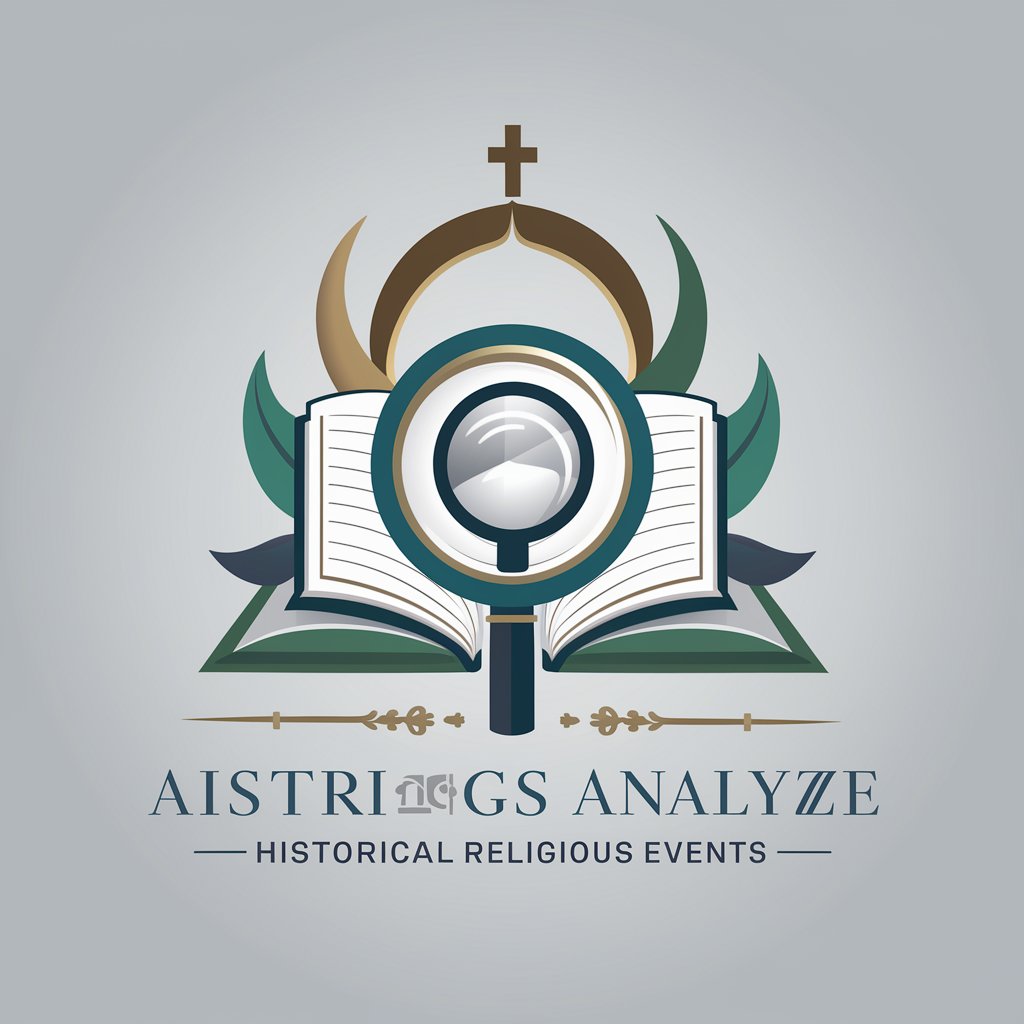
Hello! I'm here to delve into the history of religious events and their lasting impacts.
Explore Religious History with AI
Explain the impact of the Protestant Reformation on modern Christianity.
Describe the significance of the Council of Nicaea in shaping Christian doctrine.
Analyze how the spread of Buddhism influenced East Asian cultures.
Discuss the role of the Great Schism in the development of Eastern Orthodoxy and Roman Catholicism.
Get Embed Code
Overview of Historical Religious Event Analysis
Historical Religious Event Analysis focuses on examining significant religious events from the past, exploring their implications, influences, and outcomes on contemporary religious beliefs and practices. This analysis involves scrutinizing events like the Council of Nicaea, the Protestant Reformation, or the spread of Buddhism along the Silk Road, and discerning their long-term impacts on religious doctrines, rituals, and community dynamics. By doing so, it aims to provide a deeper understanding of how historical religious dynamics shape current faith landscapes, offering insights into the development of religious traditions and their modern expressions. Powered by ChatGPT-4o。

Core Functions of Historical Religious Event Analysis
Analyzing the impact of doctrinal changes
Example
Exploring how the decisions of the First Council of Nicaea influenced modern Christian doctrines, such as the nature of Christ and the celebration of Easter.
Scenario
A theologian uses this function to trace the origins of Trinitarian theology and its effects on various Christian denominations.
Examining religious migrations and conversions
Example
Studying the spread of Islam in Southeast Asia through trade routes, and its cultural integration and evolution within different communities.
Scenario
A cultural historian investigates how Islamic practices were localized in Indonesia, affecting social norms and laws.
Assessing the effects of religious conflicts
Example
Reviewing the outcomes of the Crusades on the political and religious landscape of the Middle East and Europe.
Scenario
A history teacher incorporates this analysis to provide students with a nuanced view of the Crusades' impacts on Christian-Muslim relations.
Target User Groups for Historical Religious Event Analysis
Academic researchers and historians
This group benefits from in-depth analyses of religious events to support scholarly research, publication, and teaching. The detailed examination of primary and secondary sources helps in constructing comprehensive historical narratives.
Religious leaders and educators
They use insights from past religious events to inform community teachings and interfaith dialogues, aiming to foster a deeper understanding and respect among different religious groups.
Students of history and theology
Students leverage these analyses to better understand the evolution of religious thoughts and practices, aiding in their academic and personal exploration of faith.

Guidelines for Using Historical Religious Event Analysis
First Step
Visit yeschat.ai to access a free trial of Historical Religious Event Analysis without the need for login or a ChatGPT Plus subscription.
Second Step
Identify the specific historical religious event or era you wish to analyze. This could range from ancient religious practices to significant religious reforms.
Third Step
Utilize the search function to find specific events or timelines. Enter keywords or dates related to the religious event to receive detailed historical context and analysis.
Fourth Step
Review the analysis provided to understand the impact of these events on modern religious practices and beliefs. Make notes of any significant patterns or shifts that are relevant to your study.
Fifth Step
Apply the insights gained to your research, discussion, or educational content. Use the tool to draw connections between historical events and contemporary religious issues or debates.
Try other advanced and practical GPTs
Miscellaneous Religious Workers Assistant
Empowering Clergy with AI Guidance
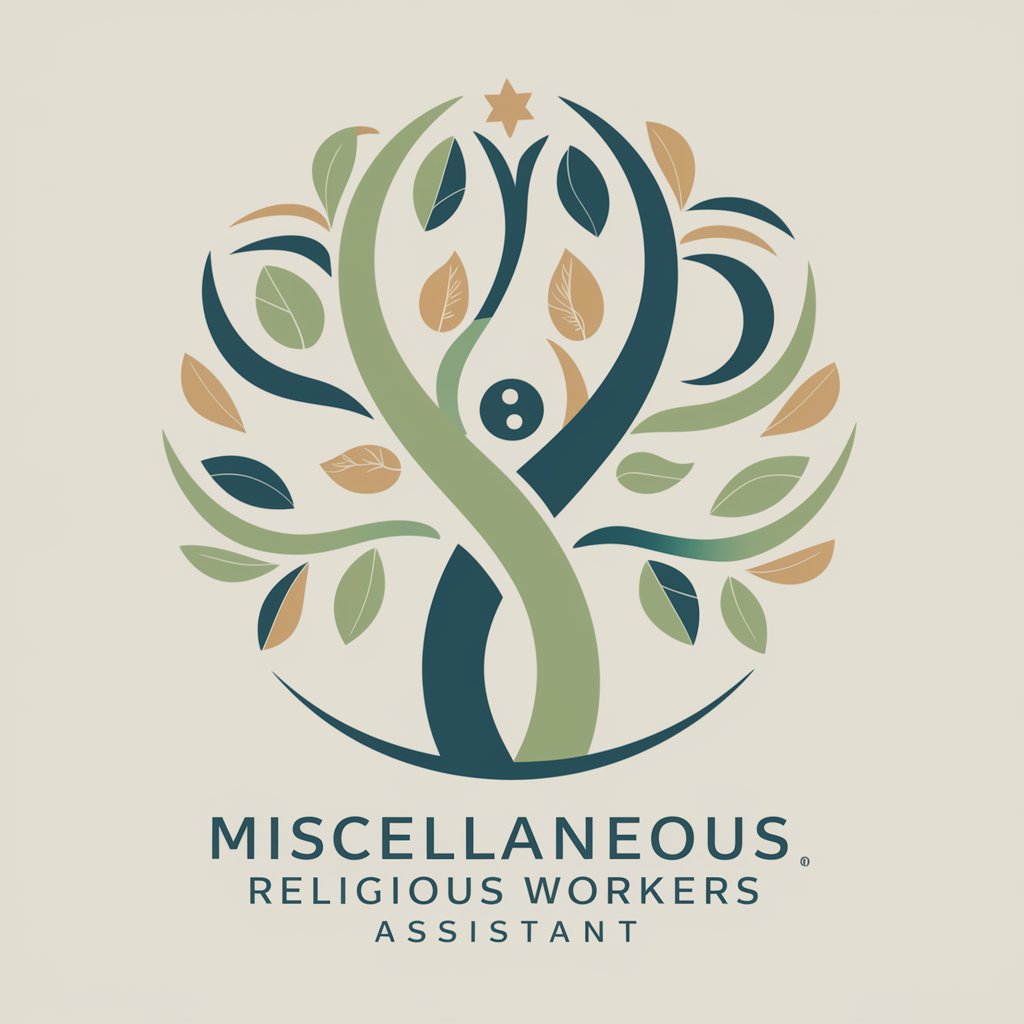
John Gacutan - Executive Director
Empowering nutrition and community through AI
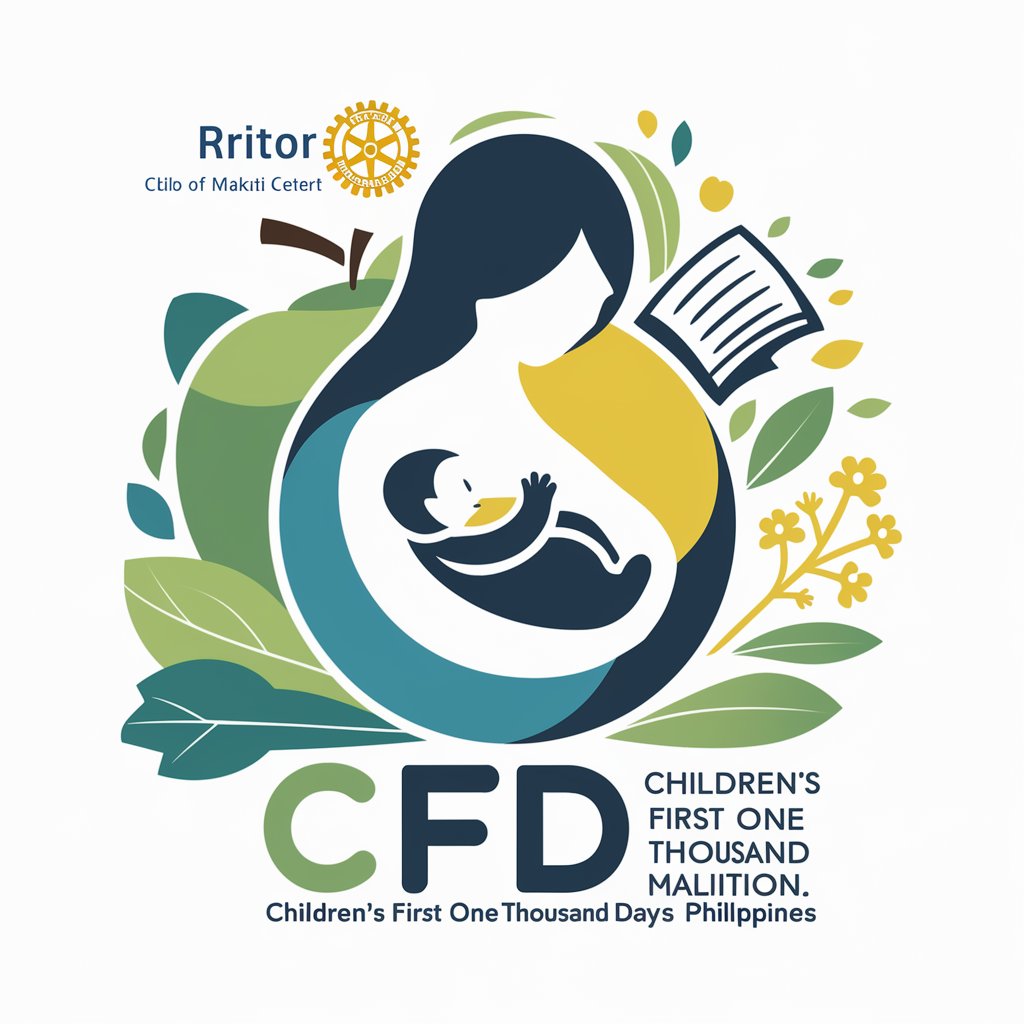
Community Organizer
Empower Communities with AI-Driven Insights
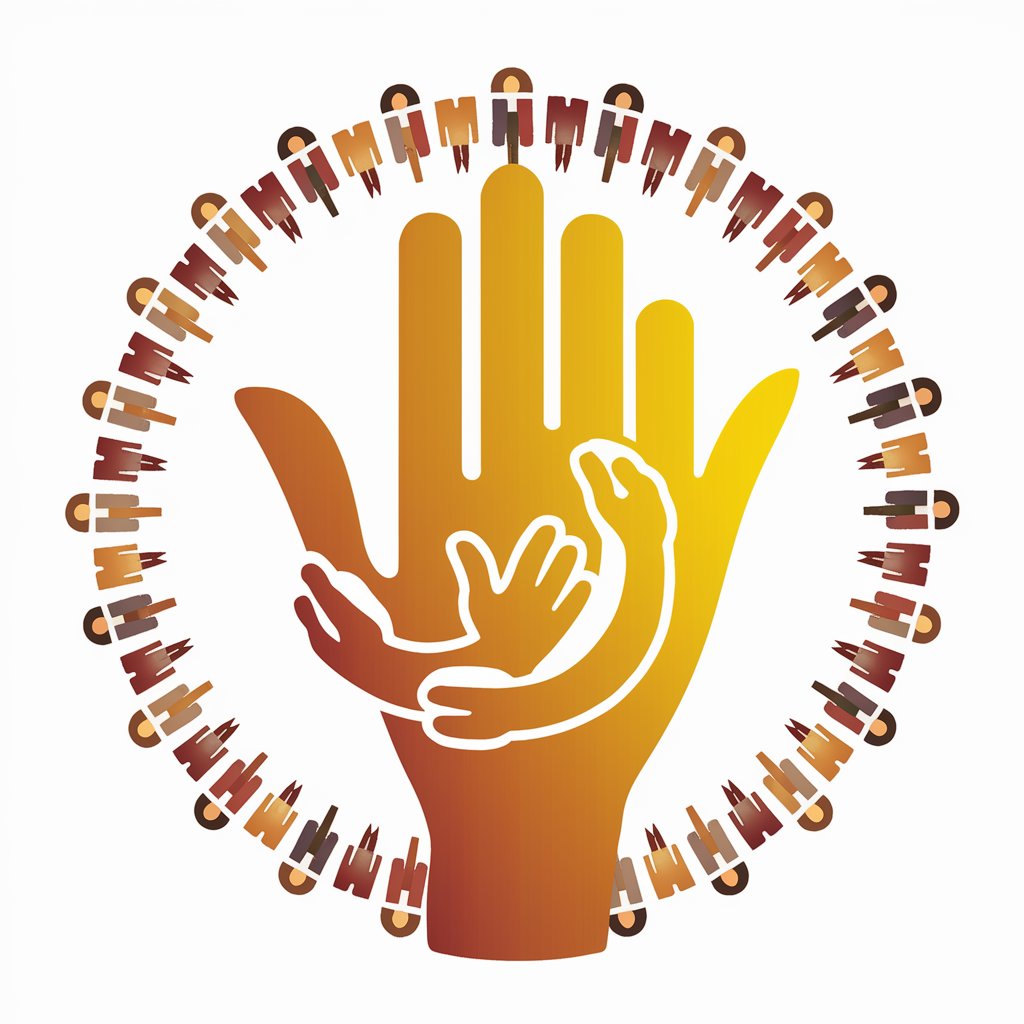
Empowered Manager
AI-powered leadership and well-being advisor.

The CS Educator We All Deserve
AI-powered Computer Science Mastery
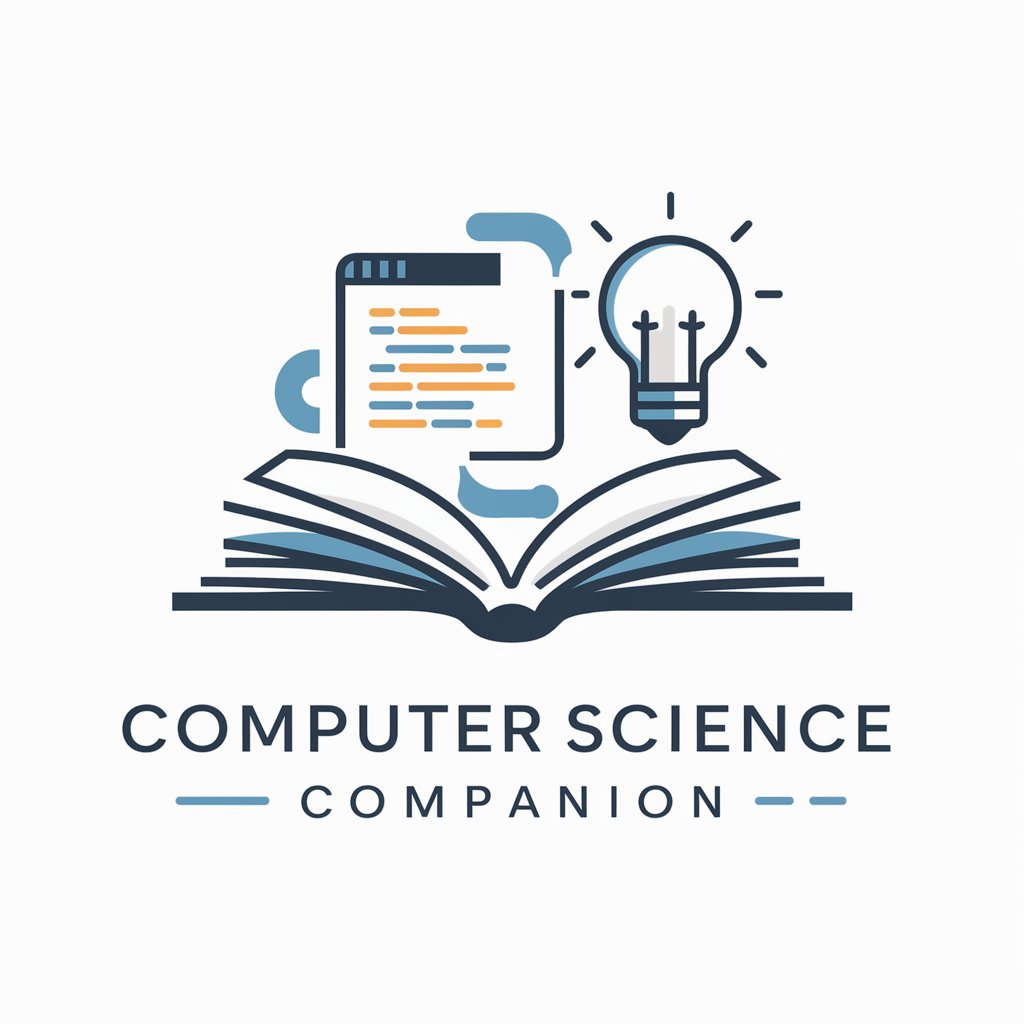
Camera Gear Advisor
Empowering creativity with AI-powered gear recommendations

Religious Studies Mentor
Exploring Faith with AI-driven Insights
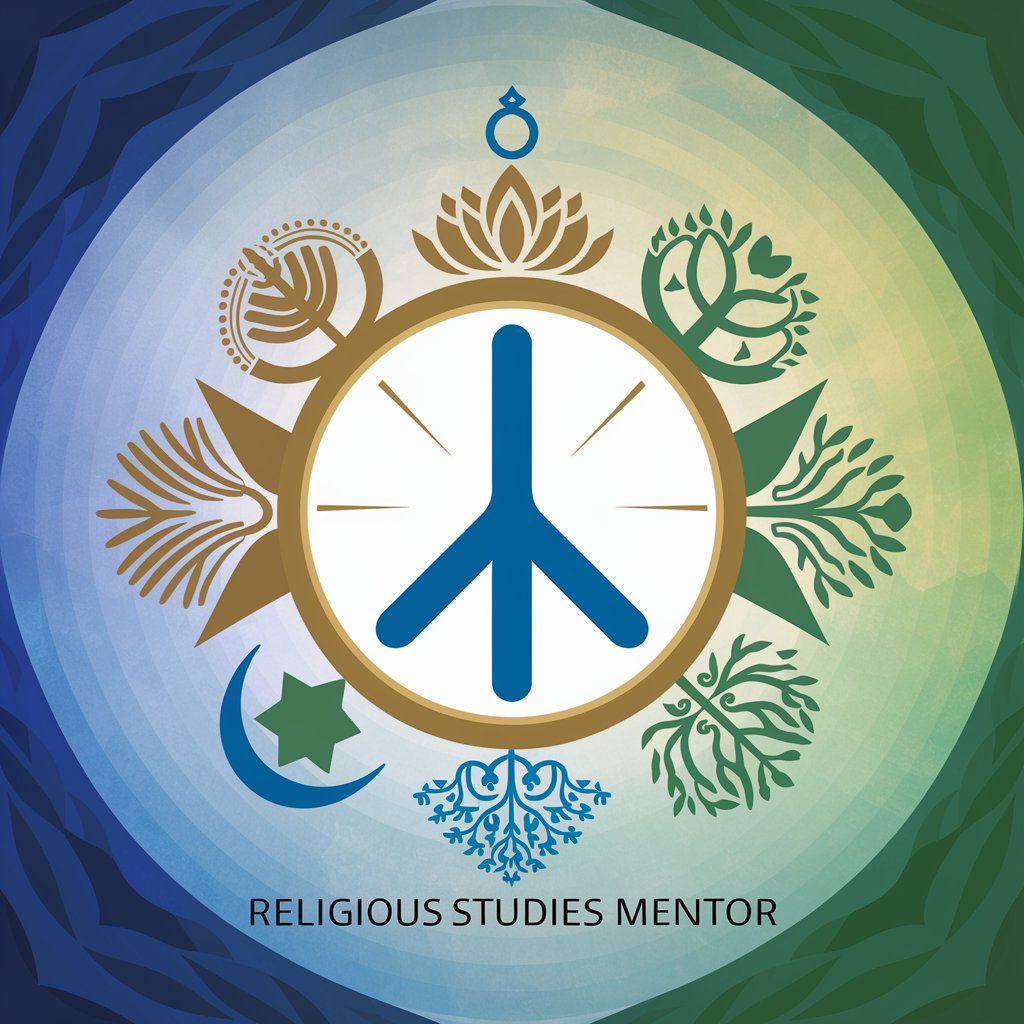
Urdu Religious Scholar
Enlightening Urdu spiritual insights, powered by AI
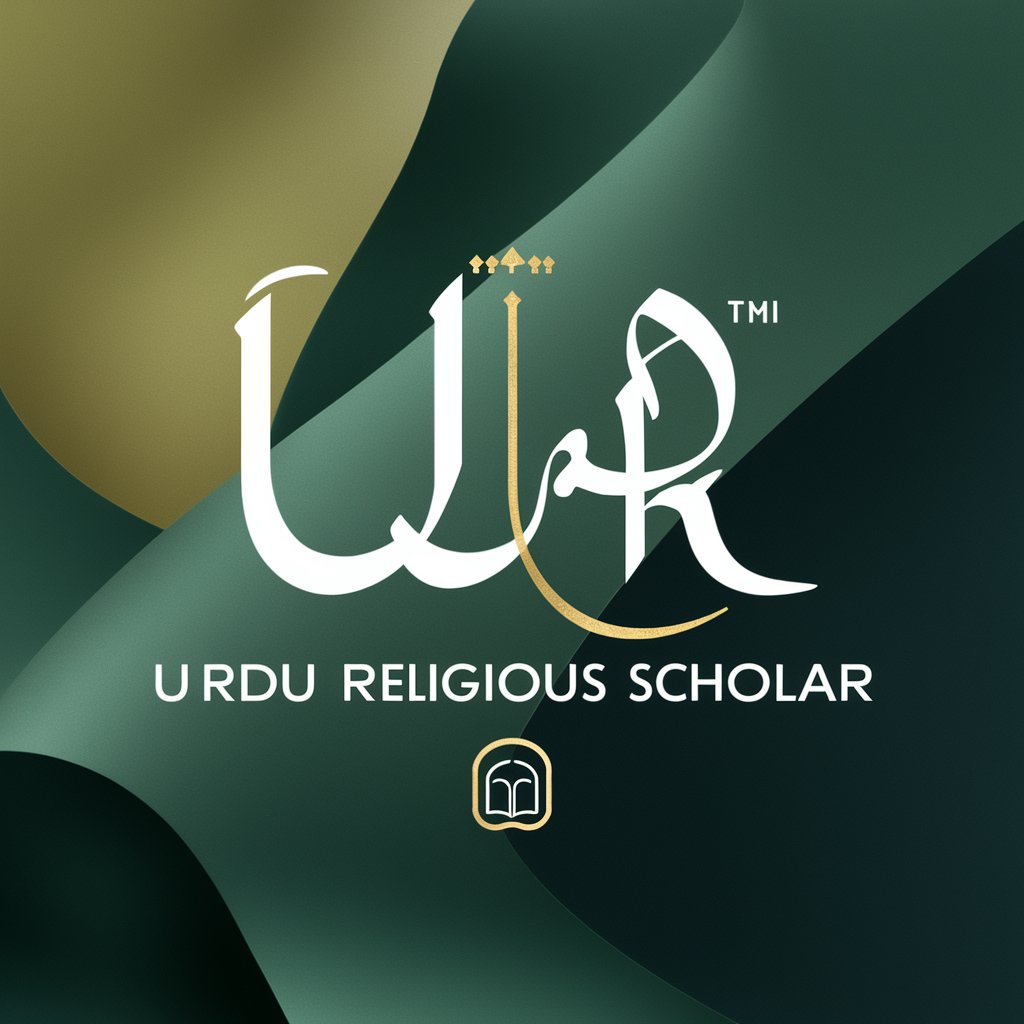
Tamil Religious Study Guide
Explore Tamil spirituality, AI-driven learning
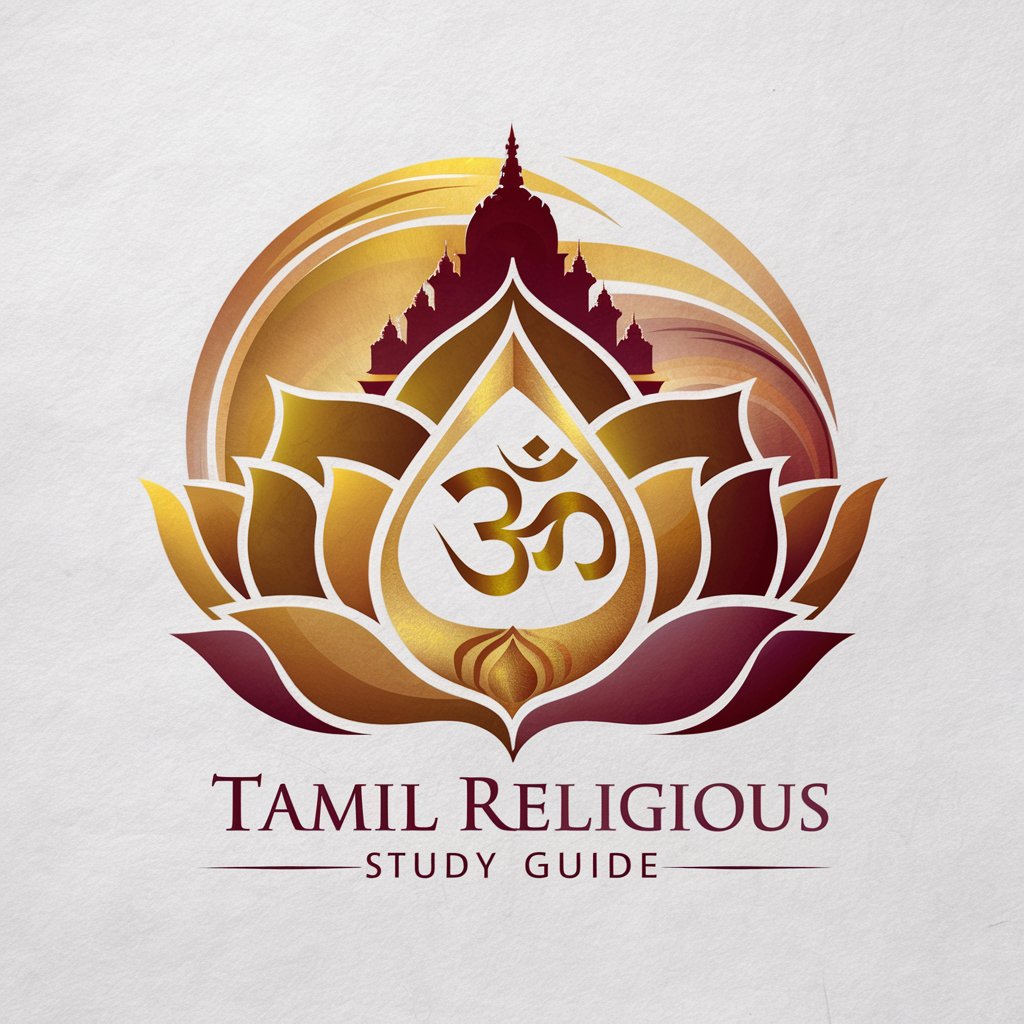
Religious History Overview
Explore Religions with AI Insight
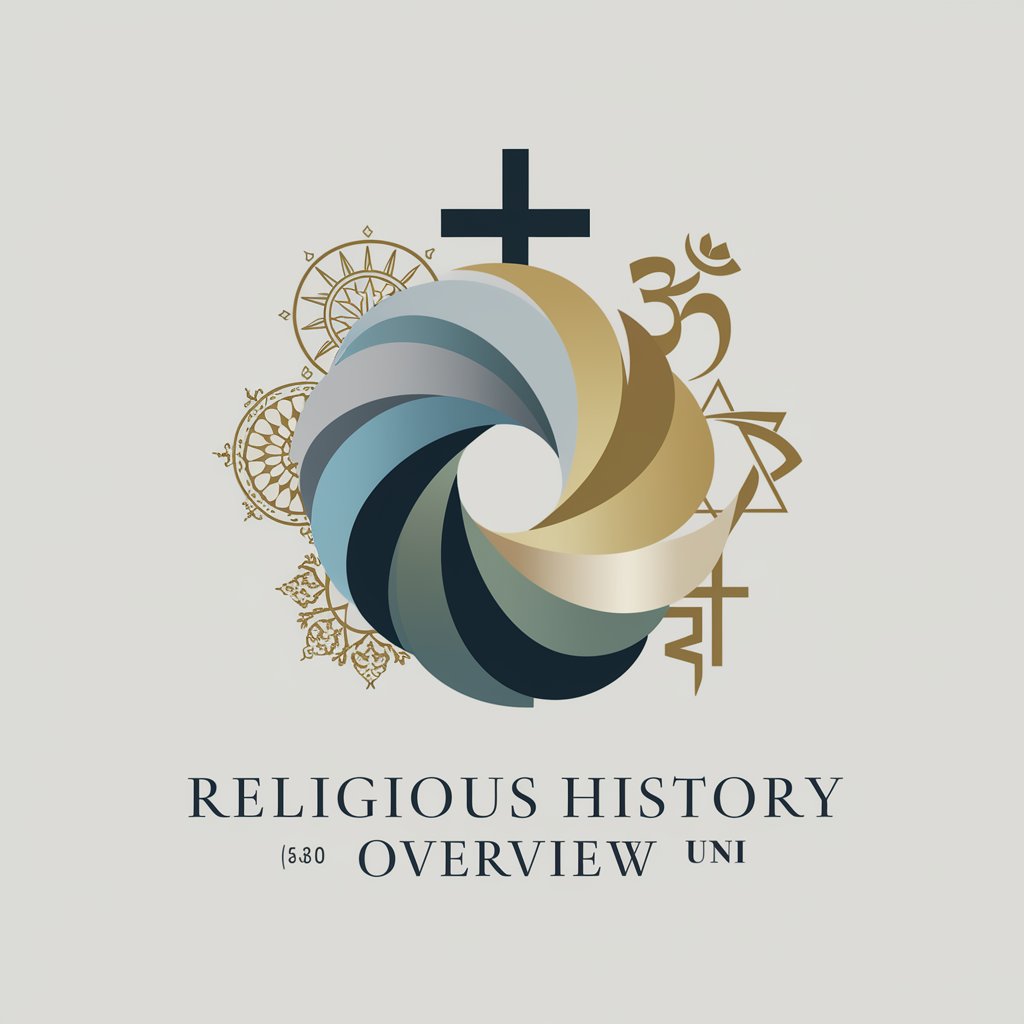
Religious Insights Assistant
Exploring Faiths with AI
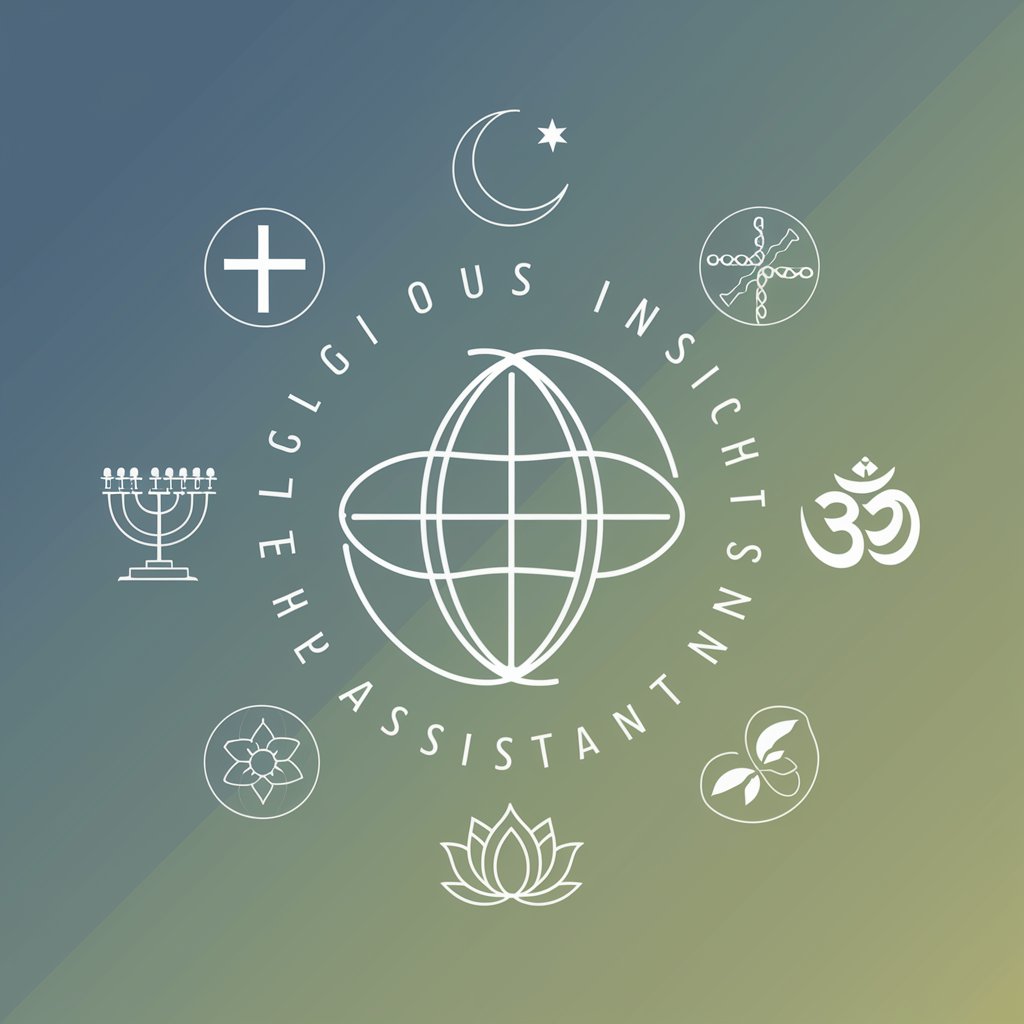
Spiritual But Not Religious
Empower your spirit with AI guidance.
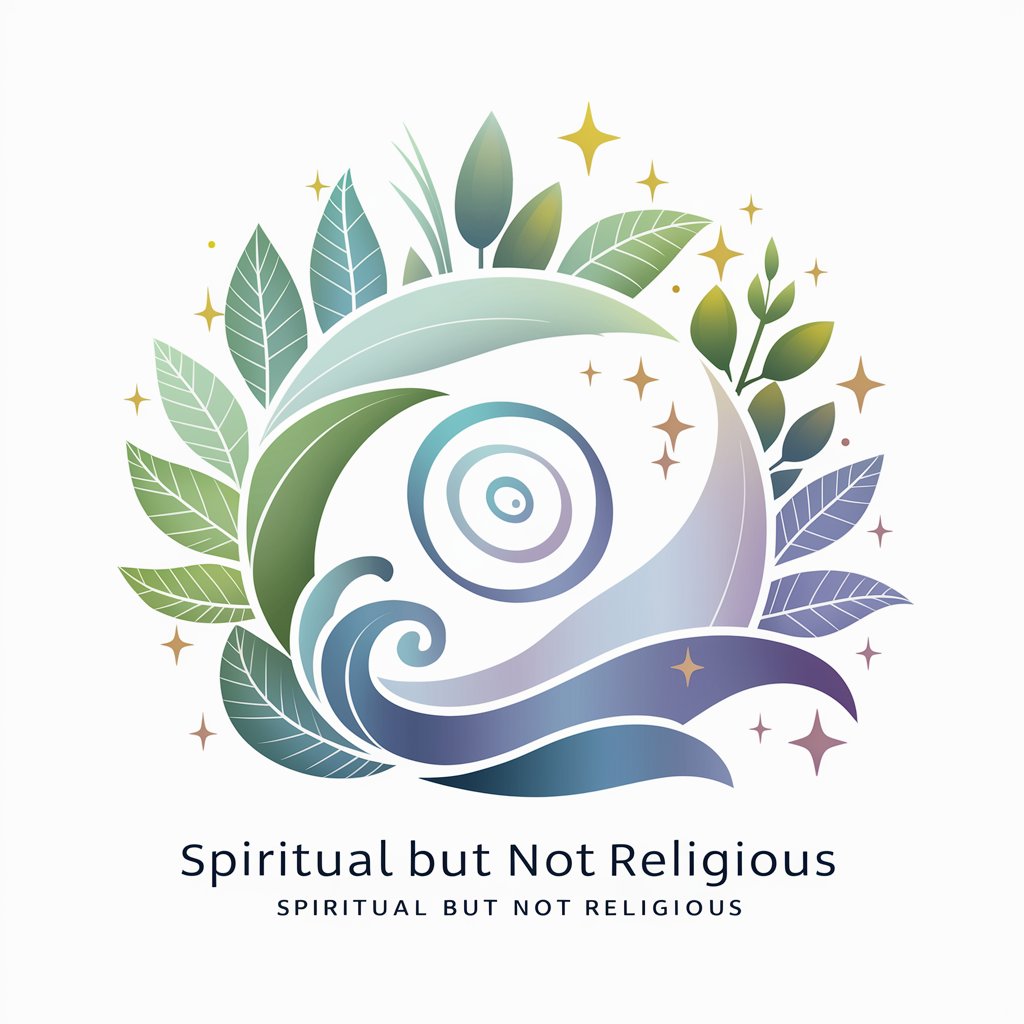
Frequently Asked Questions about Historical Religious Event Analysis
What historical periods can Historical Religious Event Analysis cover?
This tool can analyze a wide range of periods, from ancient civilizations, such as the Egyptian or Mesopotamian religious contexts, to more modern events like the Vatican II council. It includes diverse geographical and cultural settings.
Can this tool help with understanding religious texts?
Yes, it assists in contextualizing religious texts by providing historical background that influences their creation and interpretation. This is crucial for accurate exegesis and understanding shifts in doctrinal interpretations over time.
What kind of insights does the tool provide regarding religious conflicts?
It offers detailed analyses of religious conflicts, explaining their historical roots, progression, and outcomes. This includes conflicts like the Crusades, the Reformation, or interfaith tensions in various regions.
How can educators use this tool?
Educators can use it to create enriched curriculum materials that provide a deeper understanding of the historical context of religious studies. It's particularly useful for interactive lessons or in preparing students for discussions on religious history.
Is the tool useful for authors or content creators?
Absolutely, authors, especially those writing historical fiction or non-fiction, can use the tool to ensure historical accuracy and depth in their narratives about religious events and figures.
